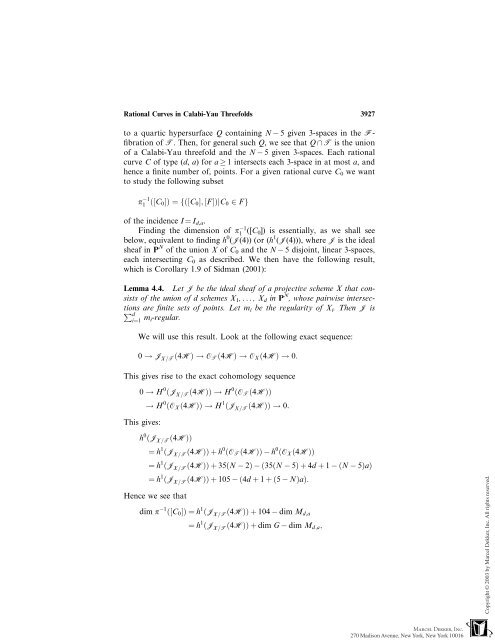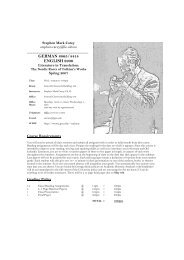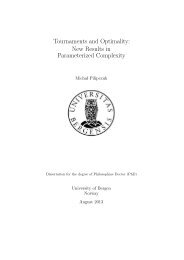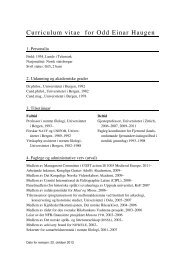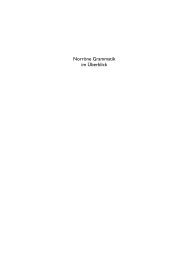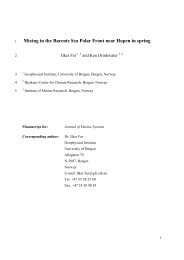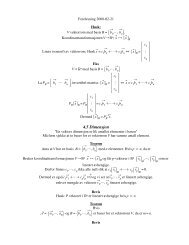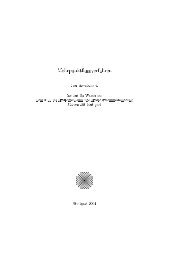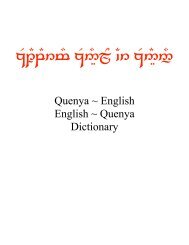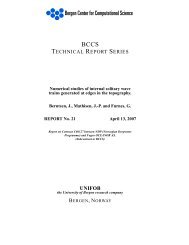Rational Curves in Calabi-Yau Threefolds
Rational Curves in Calabi-Yau Threefolds
Rational Curves in Calabi-Yau Threefolds
Create successful ePaper yourself
Turn your PDF publications into a flip-book with our unique Google optimized e-Paper software.
<strong>Rational</strong> <strong>Curves</strong> <strong>in</strong> <strong>Calabi</strong>-<strong>Yau</strong> <strong>Threefolds</strong> 3927<br />
to a quartic hypersurface Q conta<strong>in</strong><strong>in</strong>g N 5 given 3-spaces <strong>in</strong> the Ffibration<br />
of T. Then, for general such Q, we see that Q \ T is the union<br />
of a <strong>Calabi</strong>-<strong>Yau</strong> threefold and the N 5 given 3-spaces. Each rational<br />
curve C of type (d, a) for a 1 <strong>in</strong>tersects each 3-space <strong>in</strong> at most a, and<br />
hence a f<strong>in</strong>ite number of, po<strong>in</strong>ts. For a given rational curve C 0 we want<br />
to study the follow<strong>in</strong>g subset<br />
p 1<br />
1 ð½C0ŠÞ ¼ fð½C0Š; ½FŠÞjC0 2 Fg<br />
of the <strong>in</strong>cidence I ¼ Id,a.<br />
F<strong>in</strong>d<strong>in</strong>g the dimension of p 1<br />
1 ([C0]) is essentially, as we shall see<br />
below, equivalent to f<strong>in</strong>d<strong>in</strong>g h 0 (J(4)) (or (h 1 (J(4))), where J is the ideal<br />
sheaf <strong>in</strong> P N of the union X of C0 and the N 5 disjo<strong>in</strong>t, l<strong>in</strong>ear 3-spaces,<br />
each <strong>in</strong>tersect<strong>in</strong>g C0 as described. We then have the follow<strong>in</strong>g result,<br />
which is Corollary 1.9 of Sidman (2001):<br />
Lemma 4.4. Let J be the ideal sheaf of a projective scheme X that consists<br />
of the union of d schemes X1, ...,Xd <strong>in</strong> P N , whose pairwise <strong>in</strong>tersections<br />
are f<strong>in</strong>ite sets of po<strong>in</strong>ts. Let mi be the regularity of Xi. Then J is<br />
P d<br />
i¼1 mi-regular.<br />
We will use this result. Look at the follow<strong>in</strong>g exact sequence:<br />
0 ! J X=Tð4HÞ !OTð4HÞ !OX ð4HÞ !0:<br />
This gives rise to the exact cohomology sequence<br />
0 ! H 0 ðJX=Tð4HÞÞ ! H 0 ðOTð4HÞÞ<br />
! H 0 ðOX ð4HÞÞ ! H 1 ðJX=Tð4HÞÞ ! 0:<br />
This gives:<br />
h 0 ðJX=Tð4HÞÞ ¼ h 1 ðJX=Tð4HÞÞ þ h 0 ðOTð4HÞÞ h 0 ðOX ð4HÞÞ<br />
¼ h 1 ðJX=Tð4HÞÞ þ 35ðN 2Þ ð35ðN 5Þþ4d þ 1 ðN 5ÞaÞ<br />
¼ h 1 ðJX=Tð4HÞÞ þ 105 ð4d þ 1 þð5 NÞaÞ:<br />
Hence we see that<br />
dim p 1 ð½C0ŠÞ ¼ h 1 ðJX=Tð4HÞÞ þ 104 dim Md;a<br />
¼ h 1 ðJX=Tð4HÞÞ þ dim G dim Md;a;


